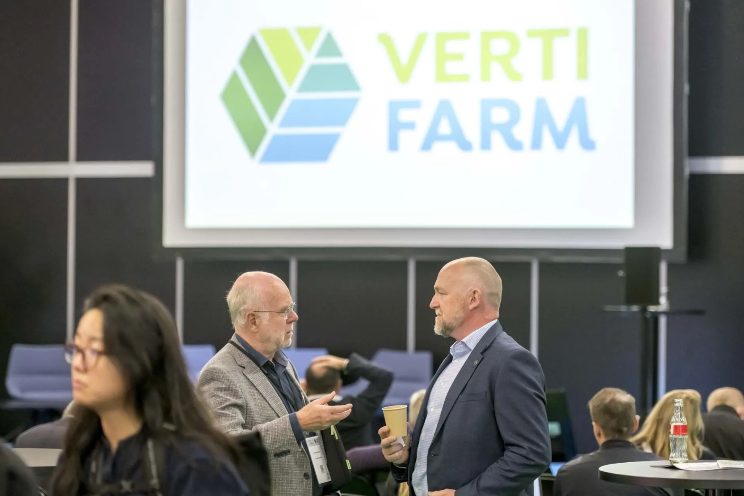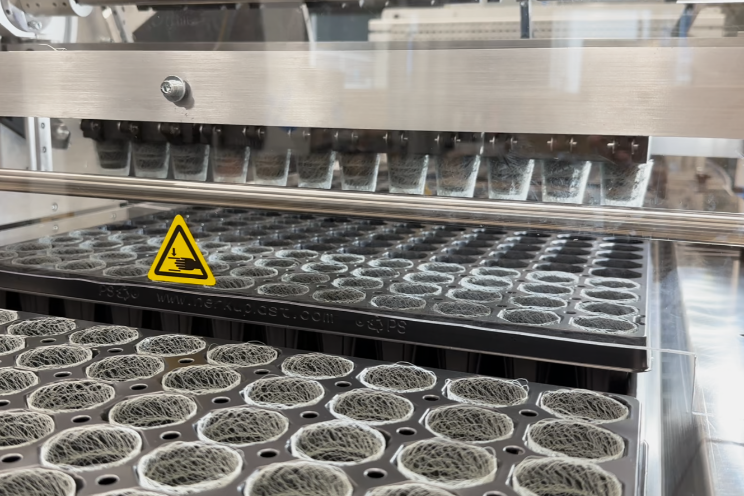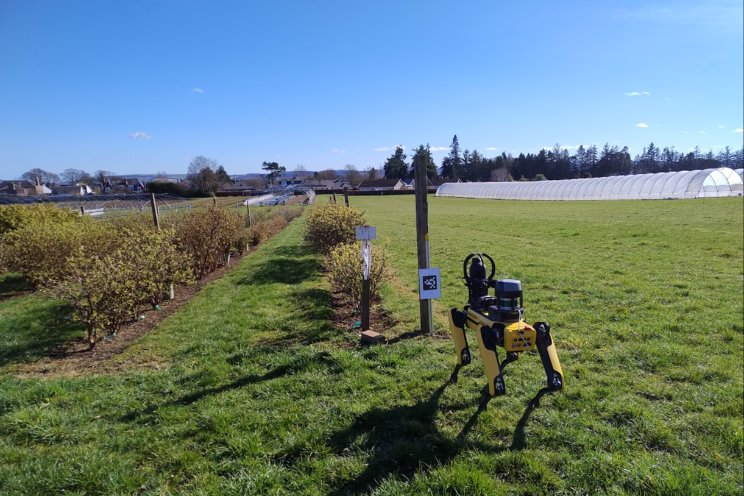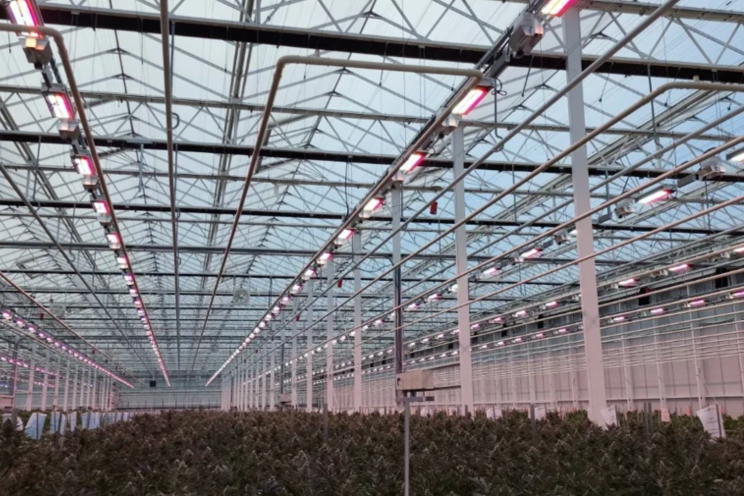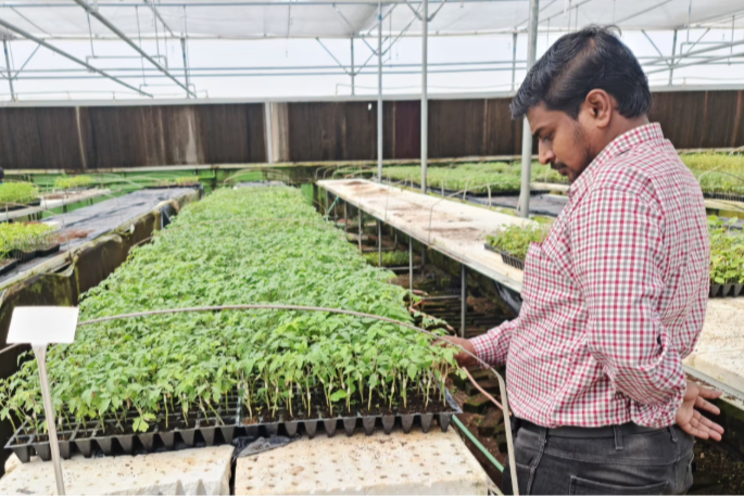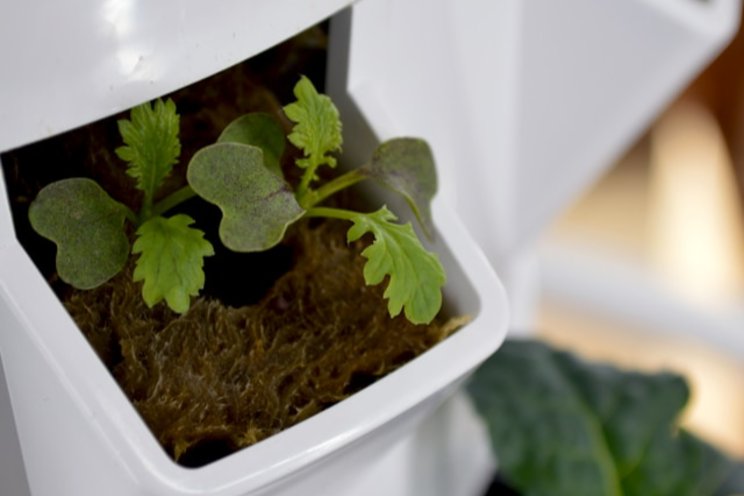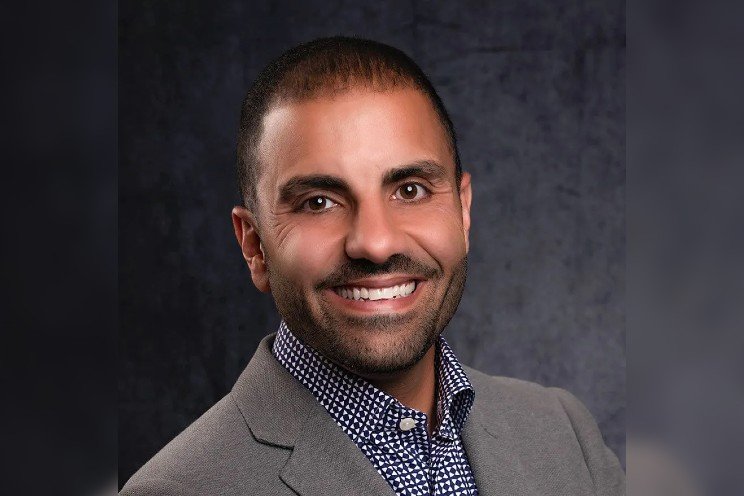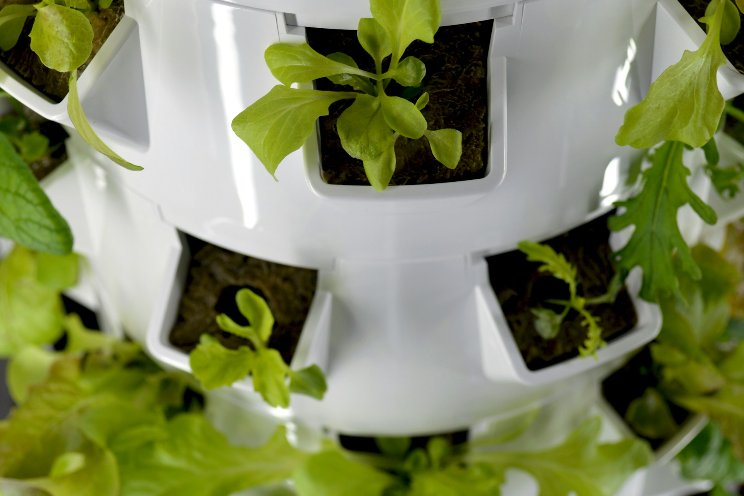The future of food in space
Added on 14 March 2023
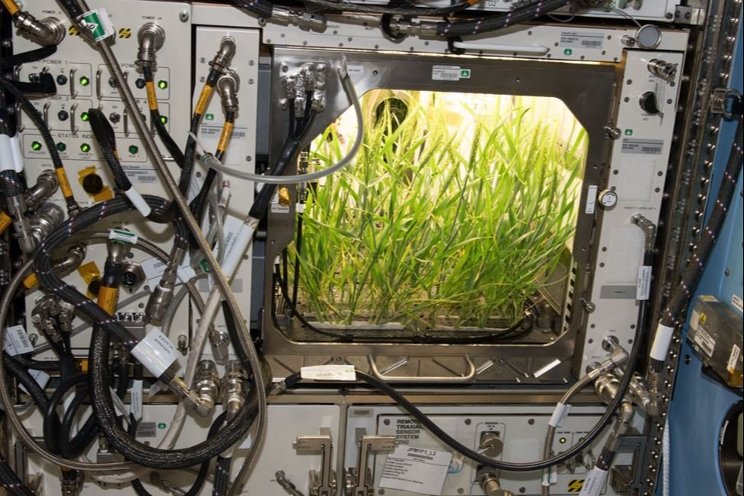

Credit: Davi Souza.
Davi Souza is a space entrepreneur, researcher, and greenhouse specialist working to develop sustainable methods for food production in space. With a background in electrical engineering and sustainable AgTech solutions, Souza has dedicated his career to improving research, development, and innovation capabilities in space agriculture. He combines his expertise of sensors, automation, and microcontrollers with CEA technologies to focus on their applications in the water-food-energy nexus. Most recently, Souza worked in collaboration with the Faculty of Agriculture and Technology at the University of South Bohemia in České Budějovice, researching CEA’s transition from the field to indoor cultivation systems. Souza’s ultimate goal is to develop food production techniques that will be successful both in space greenhouses as well as extreme environments on Earth.
Souza is conscious of food insecurity, biodiversity, and the climate crisis, and this is reflected in his approach to agriculture and how to sustainably ensure access to nutritious food. His work to understand the capabilities of resilient cultivation models in farming systems gives perspective to his passion for adapting them to terrestrial and extraterrestrial extreme environments.
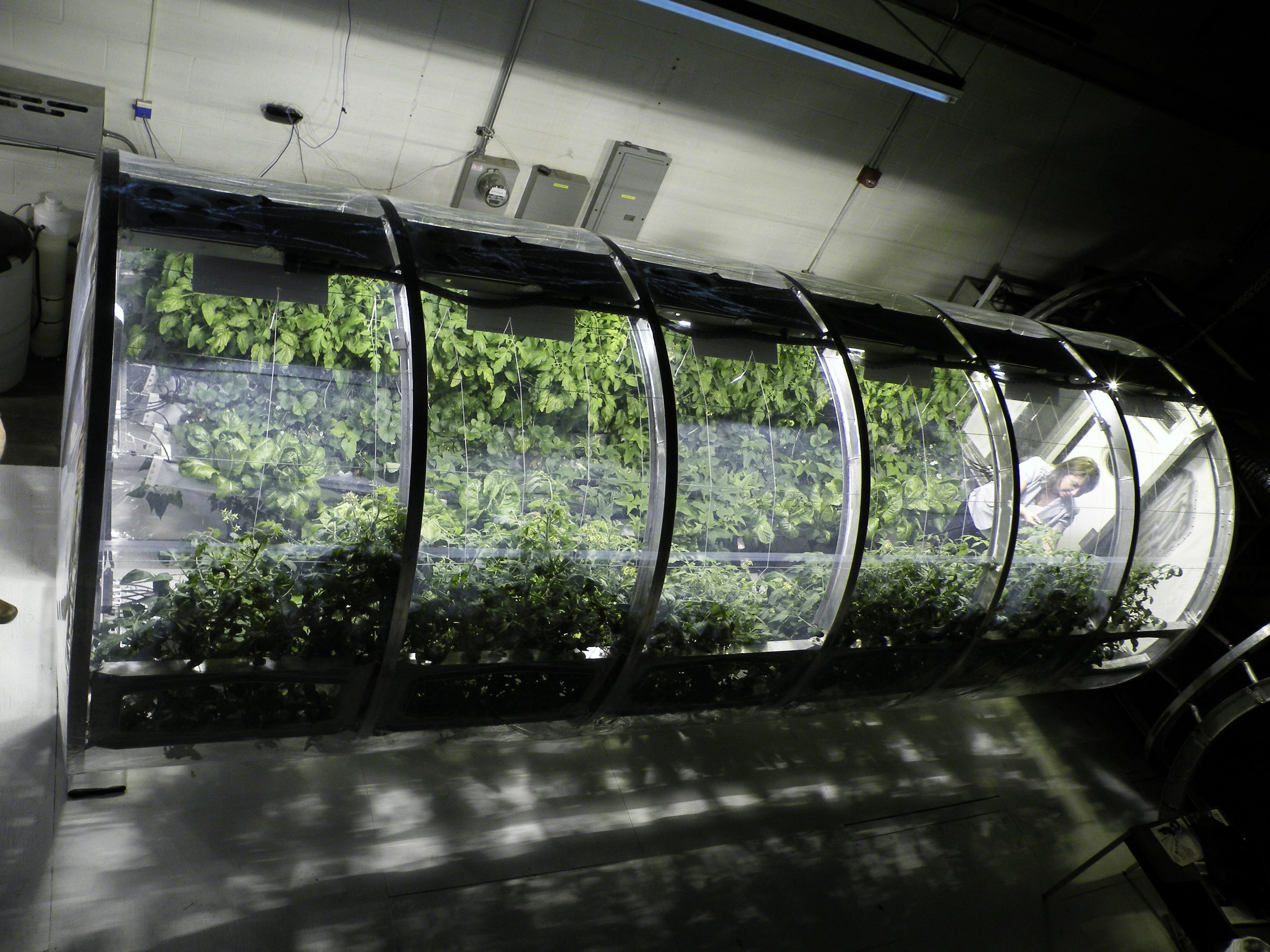
Credit: The University of Arizona.
Initial studies of extraterrestrial environmental features such as microgravity, pressure, humidity, vapor pressure deficit (VPD), and ethylene gave insight to plant and root behavior in these hot, hazardous, and otherwise harsh conditions. Understanding the critical nature of these systems allowed for the development of increasingly automated greenhouses, of which there are now two in operation in the International Space Station. One of which, the Advanced Plant Habitat (APH), contains over 160 sensors for lighting control, water management, temperature regulation, and other environmental factors that are monitored and adjusted from Earth.
Header Photo Credit: Apogee Instruments.
More news
